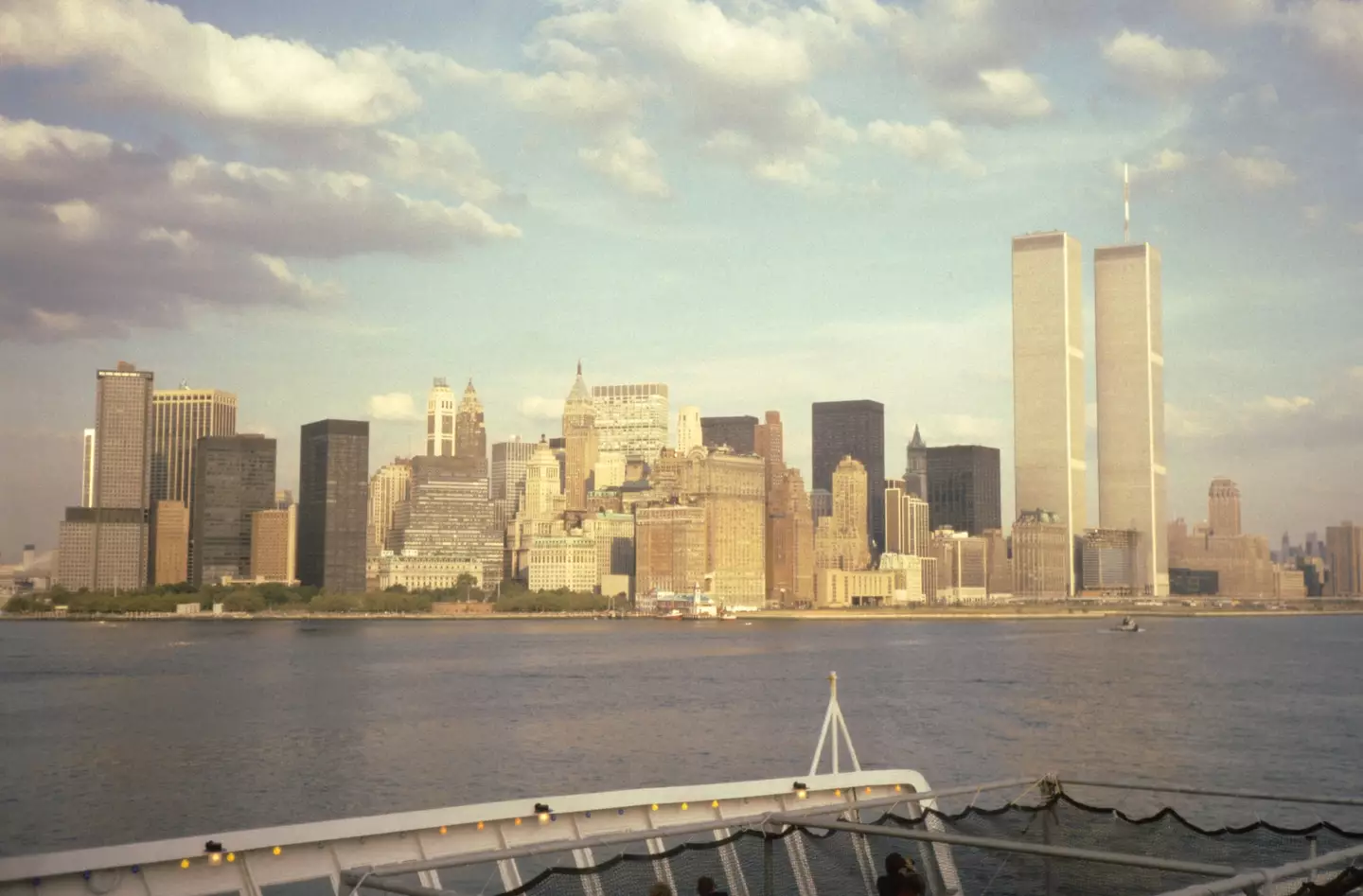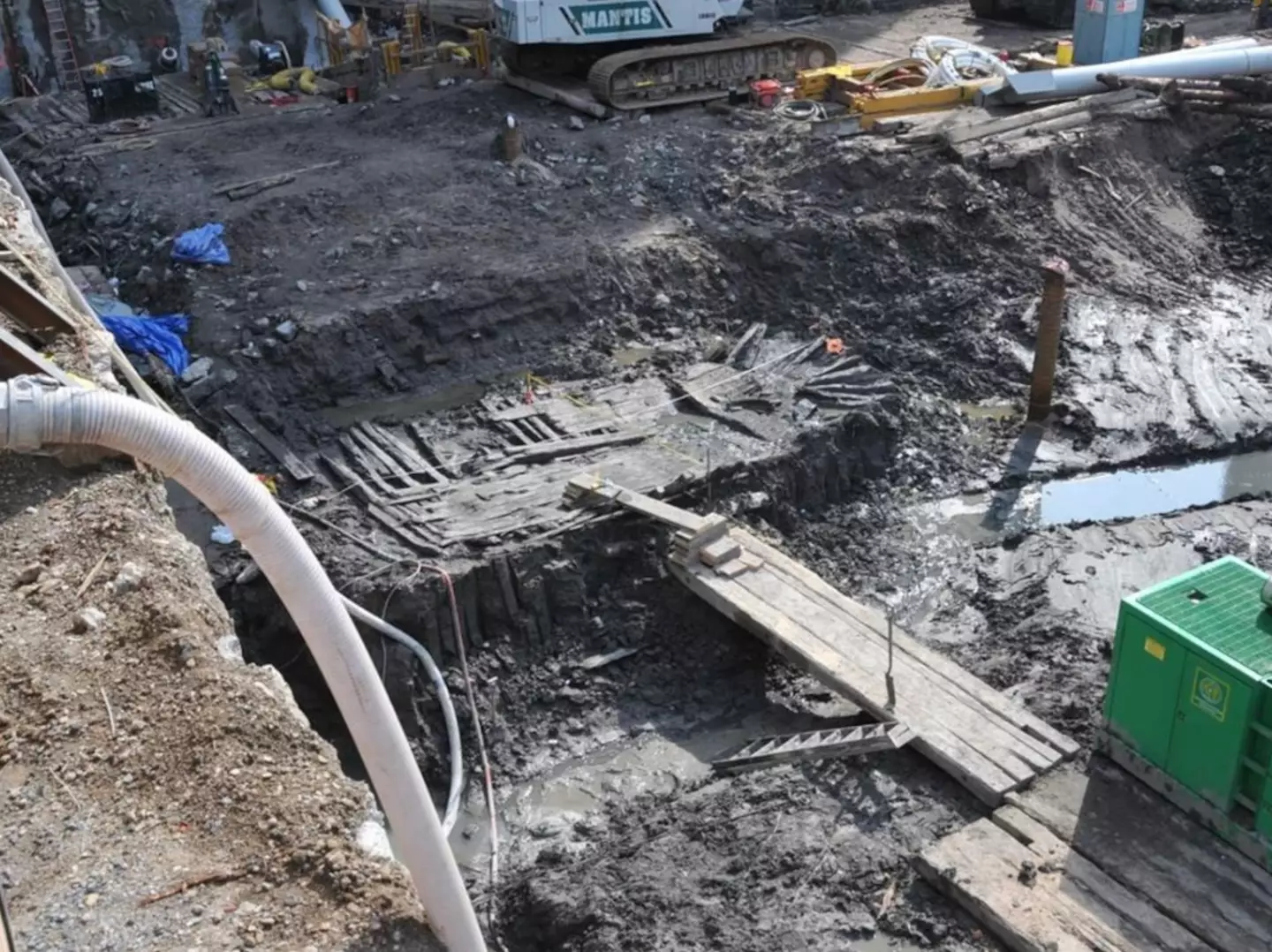
Archeologists were stunned when the discovery of a massive shipwreck was made following the 9/11 terrorist attack.
While many still remember the terrible day that was September 11, 2001, not as many people know about the cleanup of New York City afterwards.
Almost a decade after the attack, in 2010, the site of the World Trade Center was still being excavated.
By pure chance, archeologists made a discovery that left many people confused and scratching their heads.
Advert
An old wooden ship was found only about 22 feet below street level.
The questions that followed were rather typical: How did it get there? How long had it been there? What happened to it for it to end up in the middle of one of the busiest cities in the world?

Scientist were able to analyze the tree rings from the wood on the ship and get a good understanding of its age.
They discovered the wood used to build the vessel came from Philadelphia circa 1773.
Advert
Speaking to National Geographic, ring scientist Edward Cook at Columbia University in New York went into greater detail about this method.
He said: “What determined the exactness of the construction date of the ship was the use of [tree ring dating]... which was made possible by recovering timber from the ship.
“It really is the premier scientific method for dating structures made of wood."
He added: “The same pattern of growth variability in the World Trade Center boat was found in timbers in southeastern Pennsylvania.
Advert
"There is no indication that timbers came from a more remote area."

Okay... but how did this massive ship end up beneath the Twin Towers?
Well, when Manhattan was first settled, the site where the World Trade Center would eventually built between 1966 and 1973, was actually originally in the Hudson river.
Advert
Researchers aren't sure if the ship sank accidentally or due to some mishap, but as New York grew and expanded, Manhattan’s western shoreline moved westward until the ship was eventually buried by trash and other landfill.
Archaeologist Molly McDonald spoke to CNN in 2014 about the discovery.
She said: "It’s such an intense site already based on its recent history, so to be in the midst of this urban, modern, very fraught location, and then to be sitting on what was a river bottom, with clams and fish, and the smell of low tide, was really an amazing juxtaposition."